Do you have an unused basement space that could be transformed into a beautiful and productive garden? If so, then you’ve come to the right place! With some creativity and ingenuity, your basement can become a green oasis with all kinds of plants thriving in it. From vegetables to herbs to flowers, there are plenty of ideas for creating an amazing basement garden. Here are some tips and tricks on how to get started with your own unique underground oasis. Let’s explore the possibilities together!
Needs For Basement Gardening
Before you start, there are a few things to consider when creating your basement garden. First and foremost is the lighting. If your basement doesn’t have any windows or skylights, then you’ll need to get creative with artificial lighting. You can hang fluorescent lights from the ceilings or purchase special grow lights for your plants. You’ll also need to make sure your basement has adequate air circulation, so consider getting a fan or two and opening the windows when possible.
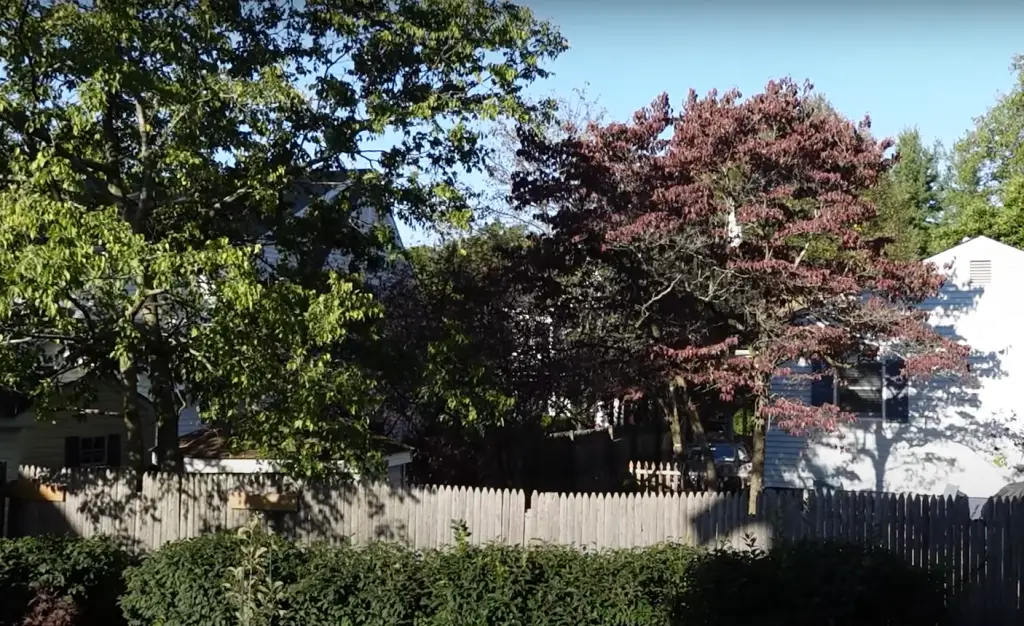
Next, you’ll need to determine what type of plants will work best in your basement garden. Depending on the amount of sunlight that enters your space, you may want to grow vegetables, herbs, or flowers. Many vegetables and herbs will do well with the artificial lighting provided by fluorescent bulbs or grow lights. However, some plants such as tomatoes may require more direct sunlight if you’re looking for maximum yields.
Finally, you’ll want to make sure your basement is adequately insulated from the cold temperatures outside. This will help keep your plants warm and protect them from potential damage caused by extreme temperatures. You can also invest in an indoor thermometer so you can monitor the temperature of your basement garden at all times. [1]
How To Grow Vegetables On Your Basement
The first step to growing vegetables in your basement is to identify the plants you wish to grow. Consider what type of sunlight your basement receives and which crops will best suit that environment.
Once you have identified the type of plants you will be growing, it is important to prepare the space. Consider installing shelves or other structures that will enable you to optimize your available growing space.
The next step is to ensure that the soil is suitable for your crops, as vegetables require fertile and well-draining soil. If necessary, you may need to add compost or other organic matter to enrich the soil. If your basement is prone to flooding, consider building raised beds that will enable your plants to grow in a higher area.
Finally, it is important to provide the necessary nutrients for your crops. This can be done by adding fertilizers and other organic matter to the soil.
Basement Gardening: Challenges To Keep In Mind
Basement gardening can present some challenges that you may not experience in traditional outdoor gardens. Before beginning your project, it is important to consider the following:
- Lighting: Basements are usually darker than outdoor gardens and lack natural light. To supplement the lighting, you may need to invest in artificial light sources, such as grow lights or fluorescent bulbs.
- Humidity: Without adequate ventilation, basements can become very humid. This can be detrimental to some plants, so you may need to invest in a dehumidifier or air conditioning system.
- Pests: Pests can also be an issue in basements. It is important to keep the area clean and free of standing water or other sources of moisture that pests may take advantage of.
- Wate: The amount of water available to your plants will be limited in a basement garden. You may need to invest in a water delivery system and choose plants that are able to thrive in dry conditions. [2]
Tips For Starting An Amazing Basement Garden
Starting a garden in the basement can provide you with a great way to enjoy some of nature’s bounty and to bring life, beauty, and nutrition to even the darkest of areas.

With a few simple tips, you can create an amazing basement garden that is both beautiful and productive.
Counter Your Basement’s Natural Environment
When selecting plants for your basement garden, consider the special environmental factors you’ll be dealing with. Basements tend to be damp and dark, so choose plants that thrive in lower light and humidity levels. Look for low-maintenance varieties that require fewer hours of direct sun exposure.
Recreate Outdoor Lighting
Do you miss having the ambiance of outdoor lighting in your basement garden? You can recreate it! Installing recessed LED lights in the ceiling will bring a warm, inviting glow to your space. You can also hang string lights or fairy lights along the walls to create a starlight effect. If you want to add an extra bit of whimsy, try hanging mason jar lights with candles or battery-operated fairy lights inside. For a more modern look, attach industrial-style pendant lights along the walls or from the ceiling.
Choose Your Ideal Plants Once Everything Is Set Up
Once you have the basics of your basement garden set up, it’s time to decide which plants you want to grow. When selecting plants for a basement garden, there are certain factors to think about. Choose plants that don’t require too much light or water so they don’t strain the resources available to them. Houseplants, such as ferns, ivy, and pothos do well in basements because they don’t have to be exposed to direct sunlight. Herbs, like oregano, parsley, and chives, also make great options for a basement garden. Vegetables like lettuce, tomatoes, and peppers can also work in a basement garden as long as they get enough light and water. Experiment with different plants to find the best ones for your basement garden. Consider growing some plants vertically to save space.
Ensure Your Basement Is A Viable Environment
Creating a garden in your basement can be an exciting and rewarding project but it is important to understand the unique challenges associated with a subterranean space.
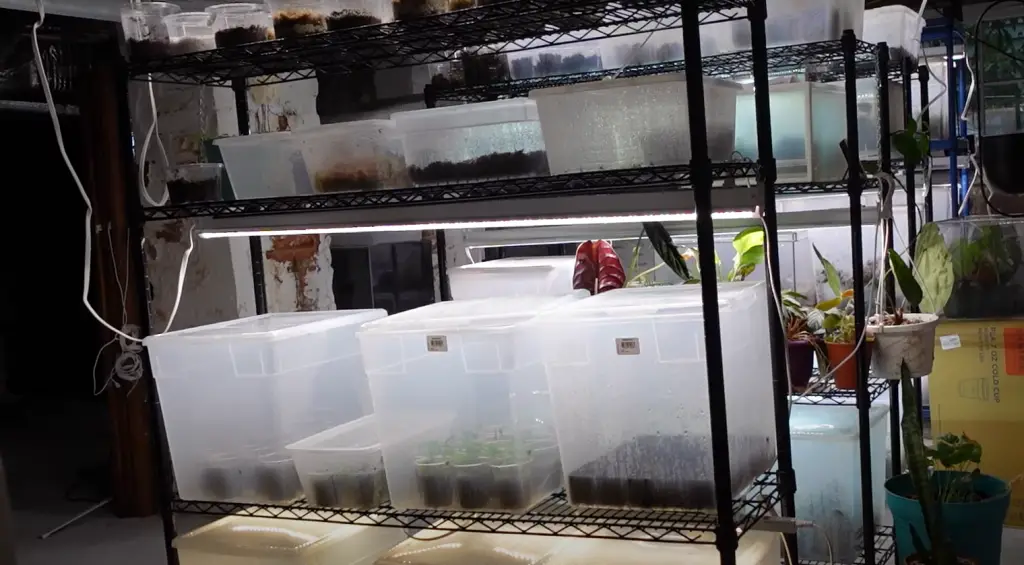
Depending on the type of soil you have, drainage, temperature conditions, lighting and ventilation need to be taken into account before beginning any major construction projects. Consider investing in waterproofing measures as well as increasing insulation so that humidity levels don’t reach dangerous heights. [3]
Tricks To Cut Down Some Costs
If you are looking to save on some costs while creating a basement garden, there are a few tricks and tips that will help.
Go Shelf-Less
If you are tight on budget, investing in shelves for your basement garden can be a bit costly. Instead of buying shelves, you can use pieces of wood or even old pallets to create your own shelves for your garden. This will not only save you some money, but it can also add a unique charm to your garden.
Second-Hand Grow Light
A great way to get a basement garden going is to look for used grow lights.
Look for used grow lights online or in thrift stores, as they can often be found at a very affordable price. Once you have your grow light setup, it is time to choose the plants you want to grow.Recycled Pots
One of the best ways to add a splash of color and life to your basement is by using recycled pots. This can be as simple as repurposing old plastic containers, jars, and tin cans. You can also use decorative pots like terracotta or clay to create a unique garden experience. You can even make your own pots by using recycled materials such as fabric, newspaper, and cardboard.
Free Endless Plant Cloning
Are you looking for some great basement garden ideas? Plant cloning is a great way to fill your basement with greenery. It’s a great way to use plants you already have and grow them in the basement without taking up too much space.
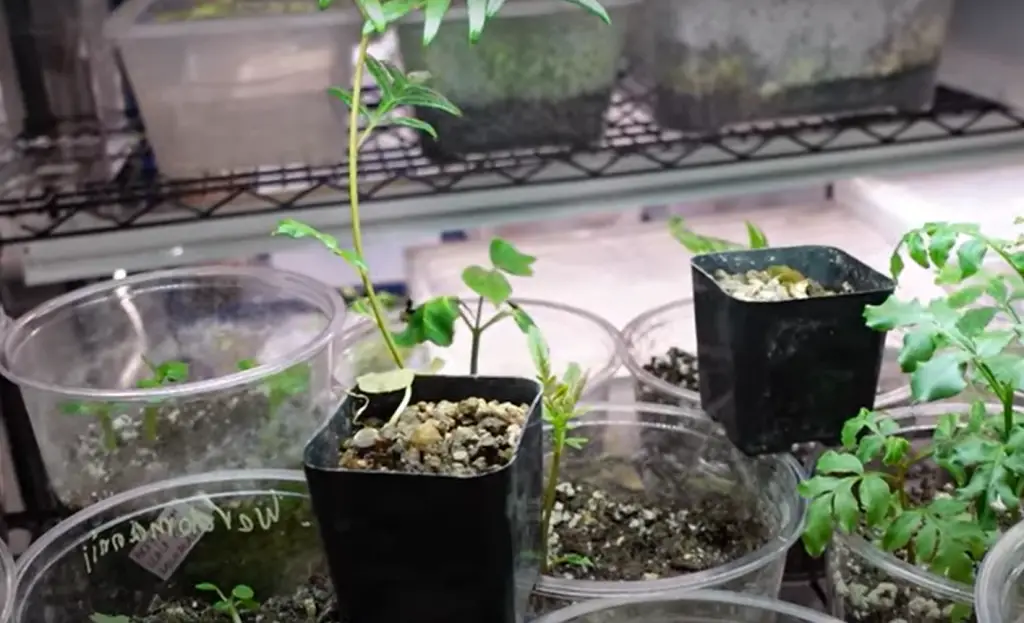
The best part about it is that you don’t need to buy new plants all the time.
You will also save some money by not having to buy new ones each time.Create Your Own Potting Mix
If you want to get the most out of your basement garden, it’s important that you create your own potting mix. This will make sure that your plants have the right nutrients and pH levels. Start by collecting compost, such as grass clippings, leaves, and vegetable scraps. You can also add organic matter such as peat, manure, and coir fiber to the mix. To finish it off, add some sand and perlite to help improve drainage. Once you’ve created your own potting mix, it’s ready to use when planting in your basement. [4]
FAQ
Can you have plants in the basement?
Yes, you can have plants in the basement as long as it has adequate light and heat. It’s important to choose plants that will thrive in low light conditions and require minimal upkeep. You should also make sure that your potting mix is of good quality and provides ample nutrition for your plants. Additionally, ventilation is essential to prevent mold from forming on the leaves of your plants.
How do you grow in a basement?
Growing a garden in a basement or other indoor space can be challenging due to the lack of natural light, but there are several solutions for this. One is to use grow lights, either as a supplemental source of light for existing plants that you have brought in from outdoors or as an exclusively used source to grow new seedlings and young plants. Another option is hydroponic gardening, where special containers and systems are used to allow plants to grow without soil and with minimal water usage – perfect for basements!
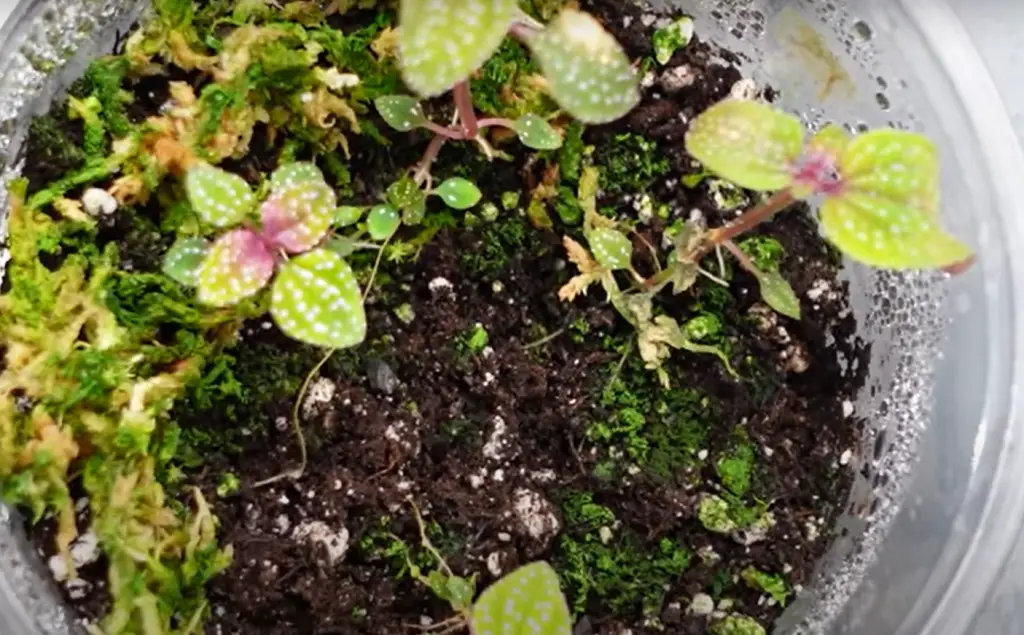
Finally, some types of edible plants such as mushrooms do well in low-light environments like basements and they don’t need any additional equipment beyond adequate humidity levels. Whatever type of garden you choose, make sure you keep up on watering and fertilizing and you can have a thriving garden in your basement!
What vegetables can be stored in a basement?
A basement garden can be a great way to store vegetables during the winter months without sacrificing the quality. Depending on your space and climate, you can choose from a variety of root vegetables like potatoes, carrots, turnips, parsnips and rutabagas as well as leafy greens such as kale, spinach, chard and cabbage. While some vegetables will store better in a root cellar, many can also be stored in the basement with proper temperature and humidity control. To get started on your basement garden, decide which vegetables you want to store and what conditions they need to keep them fresh throughout the winter months. Also, make sure to take into account any space or climate constraints you may have.
How do I keep my vegetables fresh in my basement?
One of the most important considerations for maintaining a successful basement garden is ensuring that your vegetables stay fresh and healthy. To do this, you’ll need to take some steps to improve the air circulation and humidity levels in the area where you are growing your plants. The first step is to make sure that there is adequate ventilation in the basement. This can be done by opening windows or installing fans to improve airflow. Additionally, you should install a dehumidifier to help regulate the humidity levels in the basement and keep your plants from becoming oversaturated with moisture. You’ll also want to make sure that you are providing your vegetables with enough light so that they can photosynthesize and grow properly. If you are unable to provide natural light, you may need to invest in some LED lighting. Finally, it is important to ensure that your vegetables are watered regularly so that they remain healthy and hydrated.
What is a good basement plant?
A good basement plant is one that thrives in low light and cooler temperatures. Some great choices for a basement garden include snake plants, English ivy, dracaena varieties, peace lilies, pothos plants, spider plants, and Chinese evergreens. These plants are hardy and require minimal maintenance. Other options like ferns, anthuriums, or begonias are also good choices if you want to create a more lush and lively atmosphere. As long as the plant is able to survive in low light levels, it can be a great addition to your basement garden!
Do plants clean basement air?
Yes, plants can clean the air in a basement. The process is known as phytoremediation, and studies have shown that plants remove Volatile Organic Compounds (VOCs) from indoor air. VOCs are gasses released by many common household items such as paint, cleaning products, or furniture. By filtering these VOCs with plants, you can create a healthier living environment in the basement.
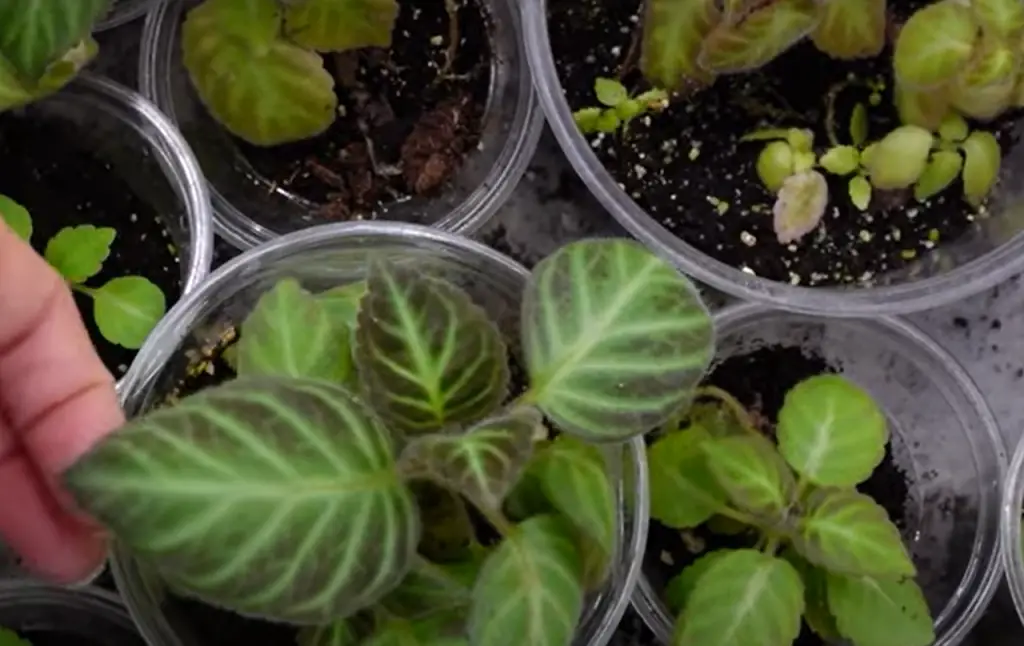
When deciding which plants to choose for your basement garden, consider ones that are especially good at removing VOCs from the air. Some examples of these types of plants include peace lilies, spider plants, English ivy and Gerbera daisies. Additionally, look for low-maintenance varieties that will be easy to care for in the basement environment.
Do house plants absorb humidity?
Some house plants have the ability to absorb moisture from their environment, which can be beneficial for reducing humidity levels in your basement. This includes popular plants such as spider plants, pothos, snake plants, and Boston ferns. These plants require low light levels and minimal maintenance making them perfect for a basement garden. To maximize their humidity-absorbing benefits, make sure to place them in areas where they can get adequate ventilation. Additionally, be sure to water your plants regularly and use a humidifier if necessary. With the right care and attention, you’ll have an effective humidity control solution that is also aesthetically pleasing.
How can I enjoy living in my basement?
Living in a basement can be a bit of an adjustment, but with the right ideas and decorations, you can make it into a cozy and inviting space. One way to do this is by setting up a garden or greenhouse area, perfect for growing beautiful plants and flowers. With careful planning, thoughtful design choices, and creative use of the available space, your basement can become a place you can feel proud to call home. To get started creating your own basement garden oasis, consider what kind of plants would thrive in the space. This will depend on factors such as light levels and temperature control, so consider installing adequate lighting fixtures to ensure that any chosen variety has enough sunlight during its growing season. If there are windows in your basement, make sure to place plants where they can get plenty of natural light. Additionally, consider investing in a dehumidifier or heaters for temperature control and ensuring that your plants have the best chance at thriving. Once you’ve considered the basics of setting up an ideal environment for your plants, it’s time to get creative!
How do I get sunlight in my basement?
If you want to grow plants in a basement, one of the most important considerations is providing them with enough sunlight. While basements may not have direct access to natural sunlight, there are still several ways to provide your plants with the light they need to thrive.
One option is to install an artificial lighting system that mimics natural sunlight. LED and fluorescent lights can be hung from the ceiling or on stands and adjusted according to the needs of your particular plants. You can also consider windows and skylights if possible. If this isn’t possible, look into adding mirrors or other reflective surfaces around your space that will bounce light off walls and ceilings and further increase the amount of available light for your garden area.
You can also bring in natural plants that do well with low light conditions, such as Chinese evergreens or pothos. These plants don’t require full sun to survive and will still thrive in a basement environment.
Finally, you may be able to provide additional light through the use of grow lights, which are specifically designed for plant growth. They differ from regular bulbs in that they emit specific types of light at different wavelengths throughout the spectrum that are beneficial to plant photosynthesis. There are several types available on the market that are tailored towards certain species of plants and their specific needs.
Can you make a basement livable?
Yes, you can! With the right basement garden ideas, you can transform your dark and dreary basement into a bright and cheerful living space. Start by adding plenty of natural light. Install windows if possible or invest in a few grow lights to help simulate sunlight for plants. If you have an existing window, consider adding curtains or blinds to help regulate light levels. Invest in some comfortable furniture pieces so that your family will be able to relax and enjoy their new living space. Investing in rugs or carpets is also key to making sure that your feet don’t get cold as they walk on the concrete floor. Make use of vertical spaces by adding shelves along the walls and hanging plants from the ceiling. Finally, add a few pieces of art to give the room some personal touches.
Useful Video: I Turned My Basement into a Greenhouse
Conclusion
A basement garden is an innovative way to add greenery and life to your home. With the right planning, you can create a beautiful and functional space that will be the envy of your friends and family. There are many different ways to make use of this unique gardening opportunity, from installing a hydroponic system to creating an oasis in a neglected corner. You may also want to consider adding some special touches such as growing herbs or vegetables, or creating an aquarium for tropical fish.
References:
- https://www.yourindoorherbs.com/9-easy-steps-to-grow-herbs-in-your-basement-or-in-winter/
- https://www.happysprout.com/indoor-plants/basement-garden-start/
- https://www.gardeningknowhow.com/special/containers/growing-vegetables-in-basement.htm
- https://www.standard.co.uk/homesandproperty/gardening/ow-to-transform-a-tiny-basement-garden-internal-courtyard-or-light-well-into-a-spectacular-space-a125131.html





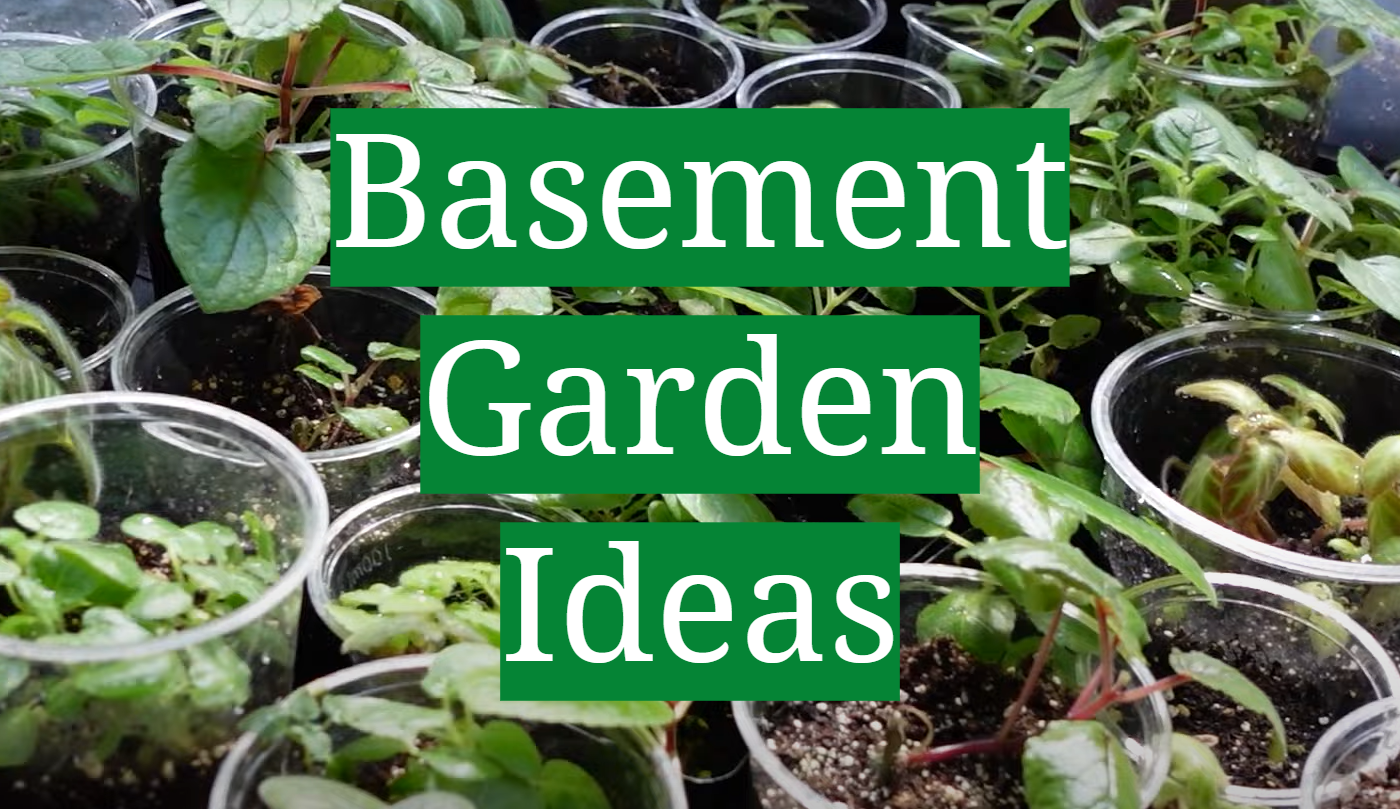




Leave a Reply
View Comments